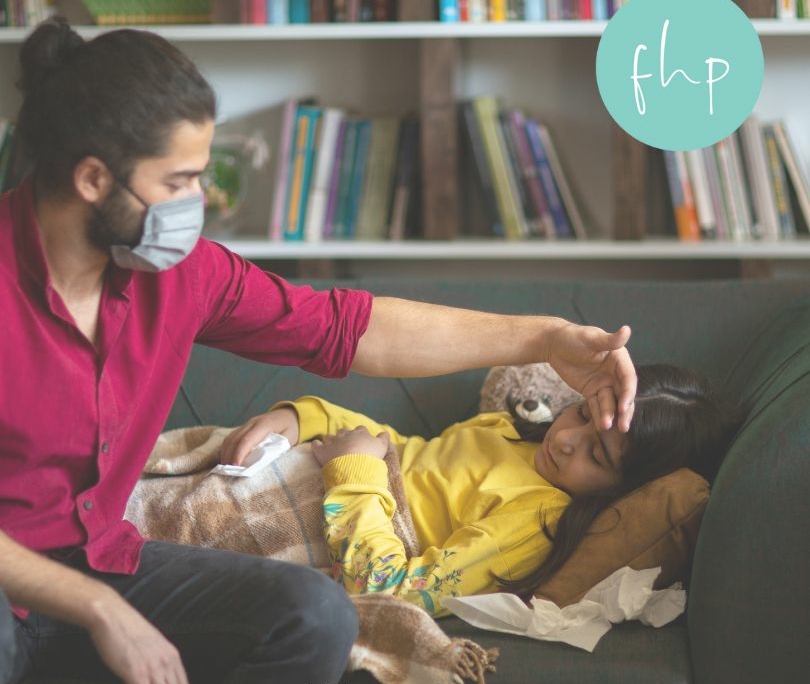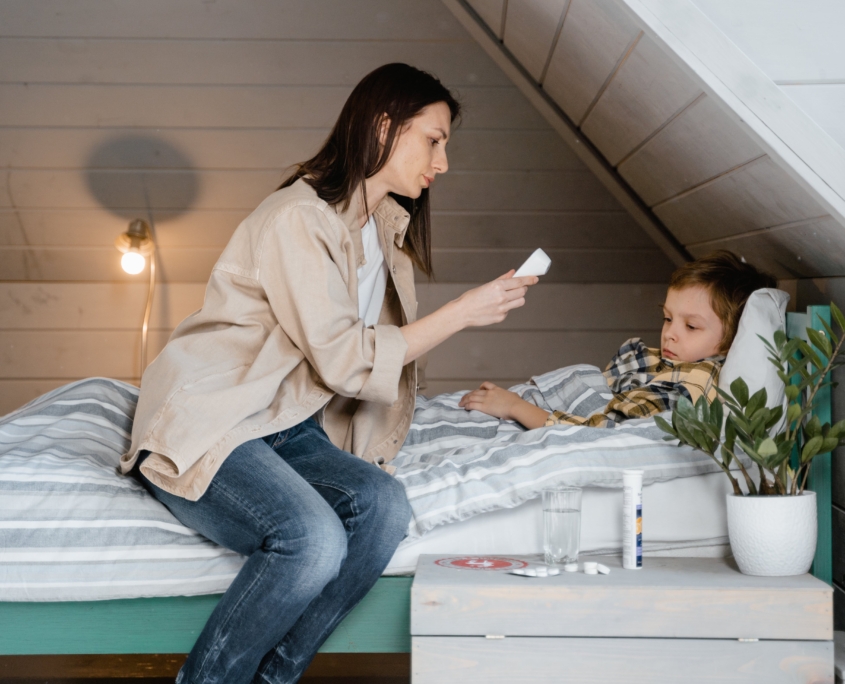Autism Acceptance: Raising Awareness

Autism Awareness Month just passed and offered an opportunity for families and communities to learn more about autism, its characteristics, and the importance of early intervention. As your pediatric care provider, we aim to support your child’s development and health, which is why we encourage parents to utilize wellness visits to monitor their child’s progress.
What is Autism Spectrum Disorder?
Autism is a developmental disorder that affects social interaction, communication, and behavior. The spectrum includes a wide range of abilities and challenges. Children with autism may face difficulties with verbal communication, social interactions, sensory sensitivities, or engage in repetitive behaviors. Identifying the signs of autism early can lead to better outcomes, as early interventions help children build skills and progress in key areas.

Why Early Screening is Important
Autism screenings during wellness visits are essential for detecting developmental concerns early on. The American Academy of Pediatrics (AAP) recommends that all children receive routine developmental screenings at their well-child visits, particularly at ages 18 months and 24 months. These screenings help pediatricians assess whether a child is meeting developmental milestones and can highlight potential signs of autism. Early detection is crucial because the earlier a child receives support, the more effective interventions can be in promoting development in areas like language, social skills, and behavior.
What to Expect During a Screening
Autism screenings are generally brief and involve observing your child’s behavior and interactions or having you fill out a few questions on an online questionnaire. The pediatrician may ask questions about your child’s speech, eye contact, play habits, and social interactions. If the screening suggests concerns, further evaluations or referrals to specialists may be recommended.

Promoting Understanding of Autism
We encourage everyone to learn more about autism and promote understanding. Autism is one part of an individual’s identity, and it’s important to support children with autism by fostering inclusive environments. Whether or not your child shows signs of autism, our office is here to assist you in navigating their developmental path with care and guidance.
If you have concerns about your child’s development, we encourage you to contact our office and schedule a wellness visit. Early screenings can help ensure your child is on track.





























